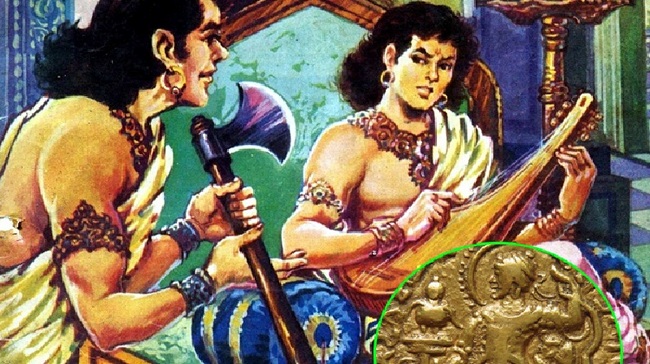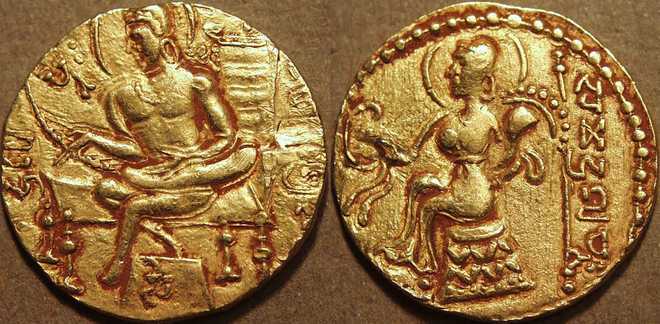Samudragupta History, Biography and Administration
Samudragupta History:
Samudragupta was the fourth empire of the Gupta Empire. He was born to Chandragupta I and Kumaradevi. He ruled the reign between 335 to 380 BC. He conquered all the Neighbouring Kingdoms during his rule and expanded the boundaries from Nepal, Punjab, and the Pallava Kingdom to South India. Mostly the Indian subcontinent was directly or indirectly under his control. There are many stories of Samudra Gupta becoming the heir to the Gupta Dynasty. Chandragupta I had many sons; however, after his death, a conflict occurred among his sons. Samudra Gupta overthrew his brothers and assumed the throne as the successor of Chandragupta I.
Samudragupta Expand Kingdom:

After his coronation, he increased the military and concentrated on expanding the kingdom. Then he started attacking the Neighboring Kingdoms of Ahichchhatra and Padmavati, the centre of India. Later conquered the whole of Bengal and some domains in Nepal and forcefully merged Assam into Gupta Kingdom. Present-day Afghanistan and Kashmir are also under the empire’s rule.
We can find detailed conquests and the history of Samudragupta on the inscriptions of the pillars in Allahabad. These memos described how Samudragupta’s body was marked with wounds from axes, arrows, spears, swords and weapons. This inscription also gives us the detailed political geography of the Gupta Empire. Samudragupta did numerous campaigns making the navy a powerful source to invade the enemies. The mighty-powered army caused no one to dare to go against the king. So that the foreign kingdoms like Saka and Kushan kings maintained cordial relations with Samudragupta and offered him their services.
To strengthen the kingdom, he maintained a matrimonial alliance with the Vakataka King Rudra Sena II, married Naga princes Kubernaga, and accepted the maidens as gifts from neighbouring courts. He also made marriages to his royal family members with other kingdom maids.
Samudragupta Coins

Samudragupta conquered many kingdoms and brought Gold, and made eight coins to the people in the public domain for various purposes. The Kushan kings send coin-making experts to the Gupta Kingdom. He minted the cash as the battle Axe type, the tiger slayer type, the standard type, the king and queen type, the Lyre player type, and more. He was fond of music and followed a strict culture. So some coins were also minted as Samudra Gupta playing Veena. He also encouraged scholars and poets to propagate the religious, artistic and literary aspects of Indian culture. He was a great devotee of Hinduism and followed the ethics of Hinduism. However, he was a spiritually tolerant king. He also permits the construction of a monastery for Buddhist pilgrims in Bodh Gaya. He ruled for years with excellent war skills and admirable administration skills.